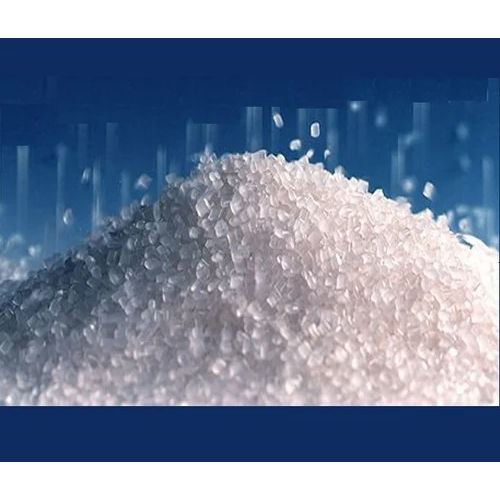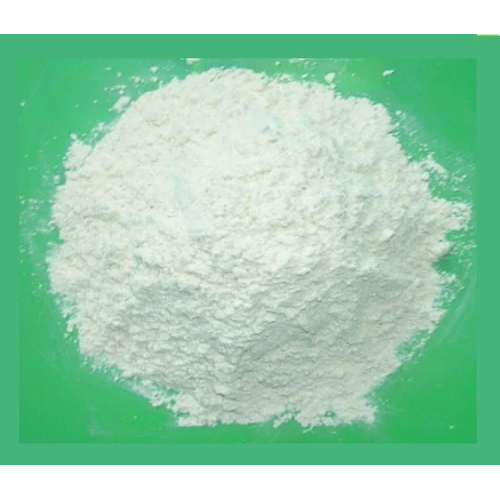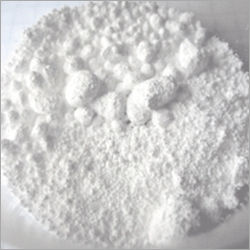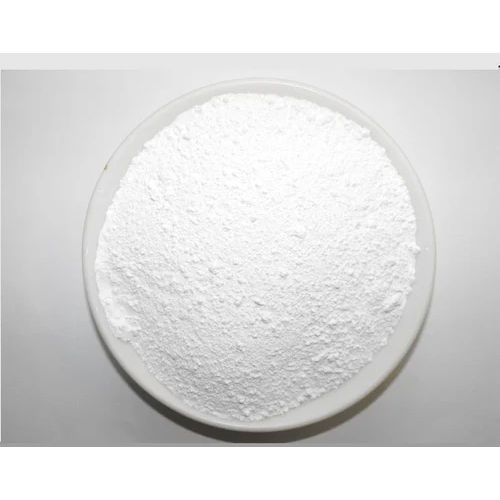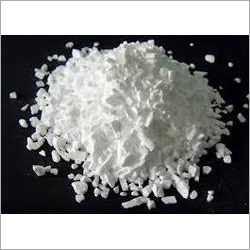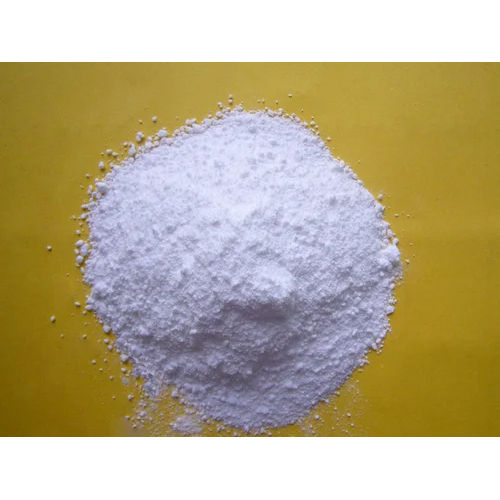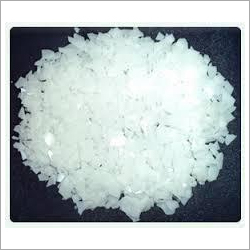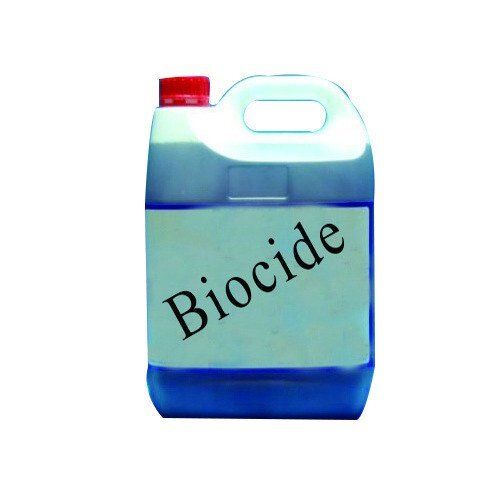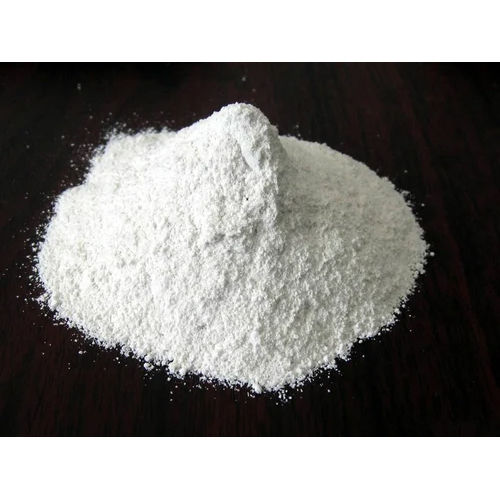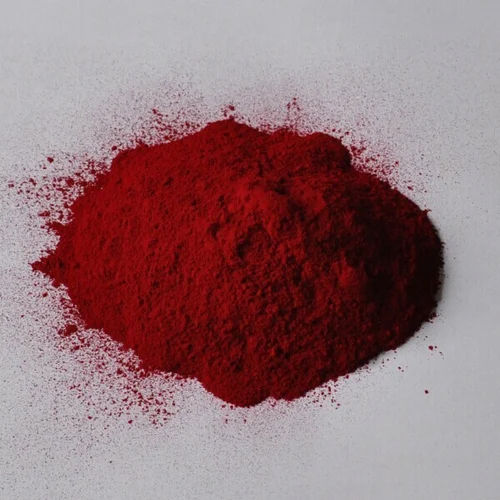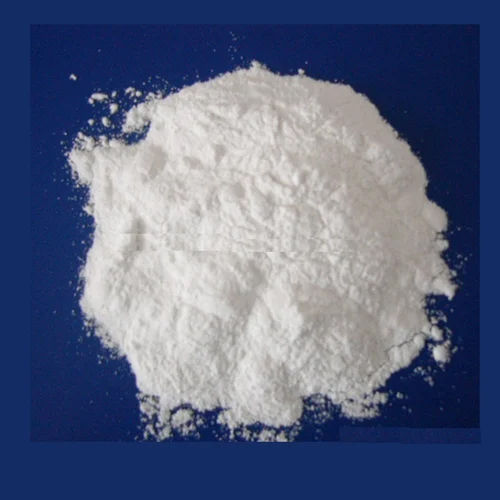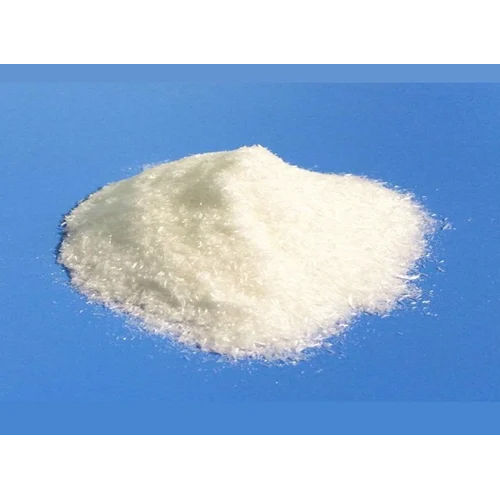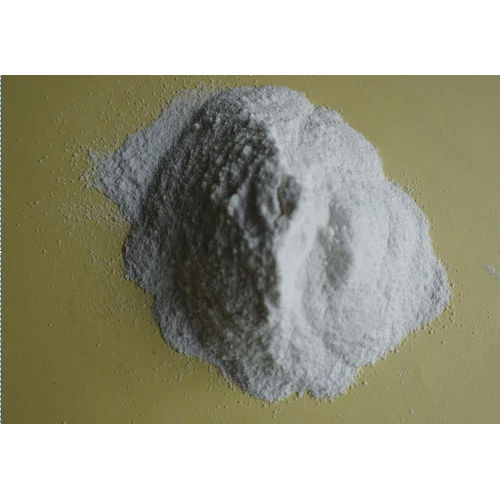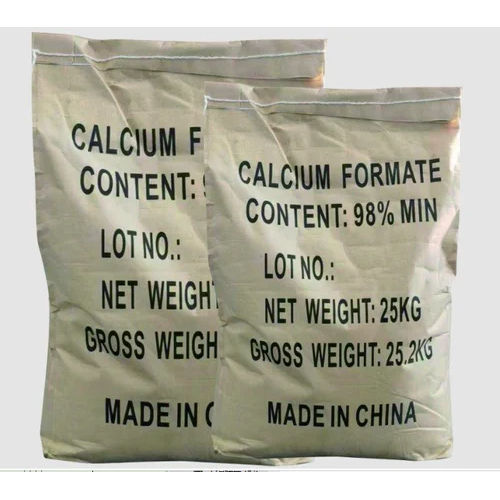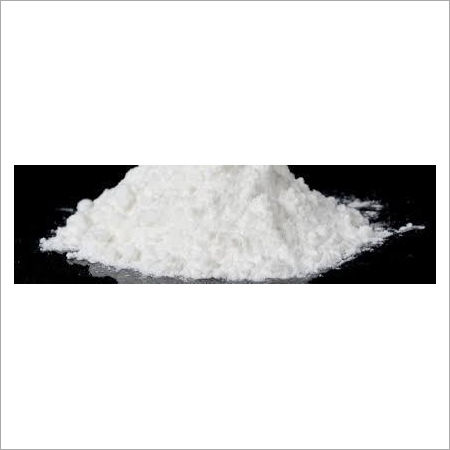Call Us : 08045816053
Showroom
Our Titanium Dioxide is utilized in the scope of uses that require elevated brightness and opacity. Nevertheless, most items and surfaces that are pastel and white contain our dioxide. This is utilized in coatings, paints, cosmetics and many more products.
The offered Fumed Silica is utilized in Gelcoat and lamination applications. It delivers appropriate rheological control while accomplishing ideal shear diminishing and improving the application.
Our Barium Sulphate is ingested by mouth or directed rectally and blended with granules of bubbly bicarbonate to improve GI tract distension, permitting for upgraded gastrointestinal tract representation.
The provided Industrial Chemicals can be blended with different chemicals to deliver a suitable and effective solution for further application. Moreover, these chemicals are carefully formulated and measured to provide perfect outcomes.
Our Chemical Wax Powder is made with elevated pressure ethylene polymerization method. It is exceptionally inferred and has steady atomic structures that are being made with the best methods. This is solid and does not pale with time.
Learn the natural influence of our Incan preservatives, botanical blend informed by ancient wisdom. This plant-based alternative is ideally suited for skincare and cosmetics and acts as an effective preservative without harsh chemicals. Go for clean beauty with our Incan preservatives, ensuring a lasting and pure formula the natural way.
Our Hydrogenated Castor Oil is gotten from castor beans that are ordinarily a fluid at room temperature. It has been made by adding hydrogen to produce it progressively steady and increases its dissolving point.
The provided Biocide can render and deter controlling and harmless impact of organisms by either biological or chemical methods. It is industrially imperative as a preservative, oxidizing agent as well as disinfectant.
 English
English Spanish
Spanish French
French German
German Italian
Italian Chinese (Simplified)
Chinese (Simplified) Japanese
Japanese Korean
Korean Arabic
Arabic Portuguese
Portuguese

